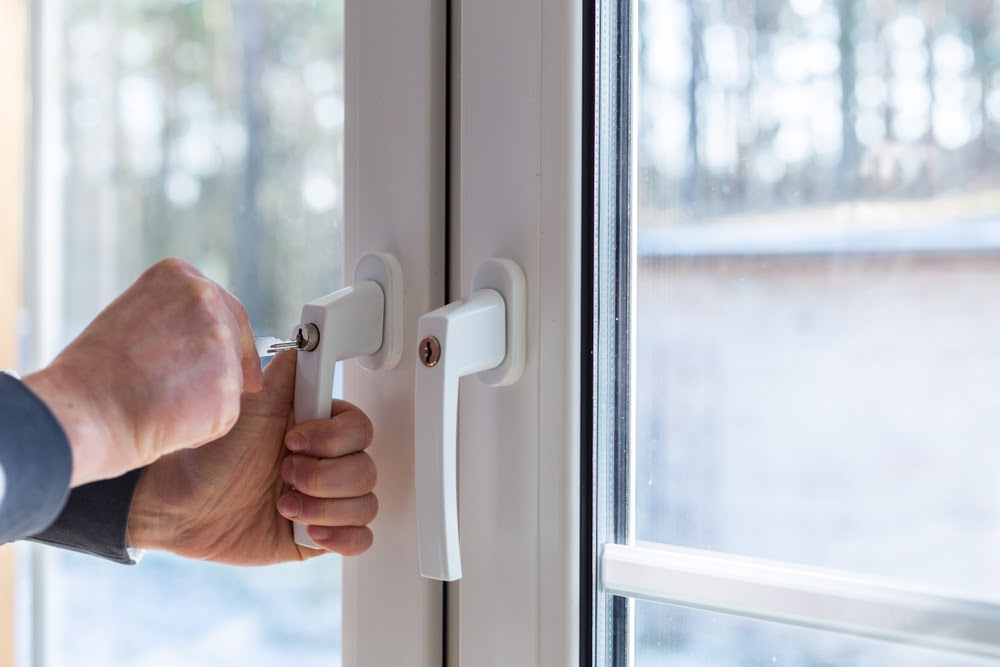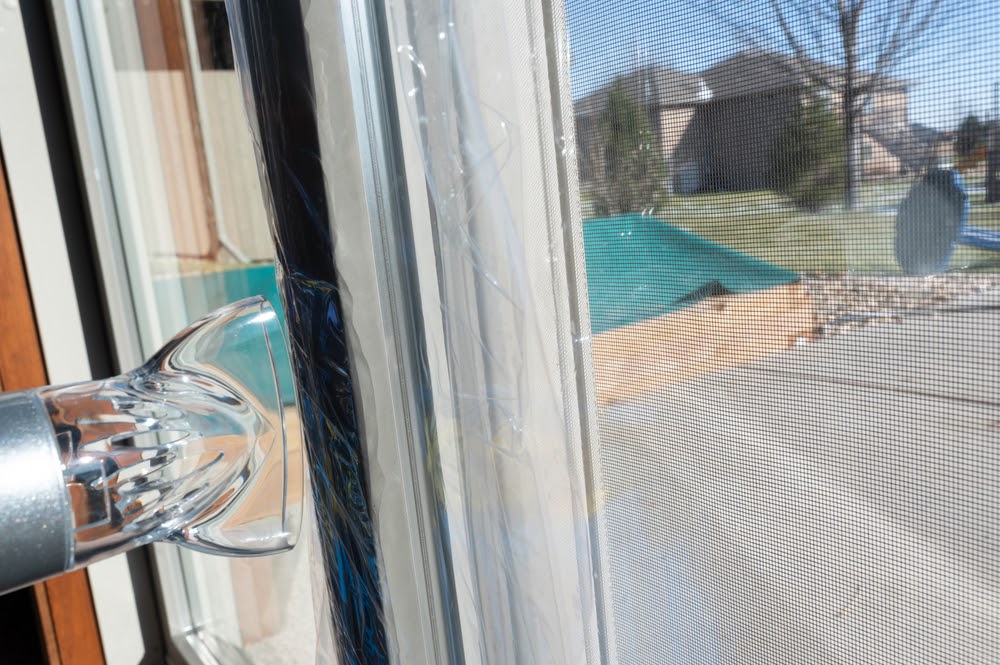How to Find Energy Efficient Doors
Saving energy and lowering the household carbon footprint can involve a number of changes or revamps around the house. Not many homeowners look at their doors, though, as a means to improve energy efficiency. However, the entry doors of the home could be the source of air leaks, meaning the home is heating or air conditioning the outside, too!
While new weather stripping can help plug up holes or gaps around the door, homeowners looking to embrace greener living also could upgrade to energy efficient doors. Here’s how to find energy efficient doors for the home.
What are Energy Efficient Doors?
While energy saving appliances typically are noted with an energy saving branded seal as well as special features that help conserve electricity or gas, doors aren’t plugged in and they don’t use any type of energy to function. How, then, can a door be energy efficient? What is an energy-efficient door?
While doors aren’t running on any type of energy, the Department of Energy explains that energy-efficient doors will still be labeled as such. Doors will include the National Fenestration Rating Council label that will note the door’s energy efficiency. In addition, the Department of Energy also notes that doors made of glass (think sliding doors) may include an ENERGY STAR label (as the glass is accounted as a window).

What’s in a Label?
Understanding the energy-efficiency of a door can get a little tricky, but the labels aren’t too complicated once homeowners know what they mean.
The NFRC label will include numbers related to U-Factor and Solar Heat Gain Coefficient. The Department of Energy explains that homeowners are looking for a low U-Factor, as this is related to better heat retention (U-Factors range from 0.00 to 2.00). The Solar Heat Gain Coefficient notes how well the door keeps heat out (numbers range from 0 to 1). In a hot climate, look for a lower number; those living in cool climates need a higher SHGC (per the DoE).
Per ENERGY STAR, doors that are energy-efficient can include multiple properties. Some feature double or triple panes of glass for better insulation, the core (the inside) also could include materials that improve insulation, and the fit of the door may be improved with better weather stripping. ENERGY STAR explains that some doors even include magnetic components for a better fit and seal.
Types of Energy Efficient Doors
Energy-efficient doors can be made from different types of material. Fiberglass, aluminum, wood and glass are all popular choices.
Homeowners should review the ratings on the label of the doors so they can choose the best door for their climate. The type of door a homeowner chooses, though, could be based on preference, the look in relation to their home, and, of course, the budget.
Energy-efficient doors can be incredibly basic in design or elaborate. More detailed and elaborate doors (as well as those with higher energy-efficient ratings) could be a pricier investment.
Homeowners can find energy-efficient doors at their local home improvement stores or through window and door specialists.
How Much Can Homeowners Save?
Energy-efficient materials can help reduce energy waste and perhaps even trim down the monthly heating and cooling costs. But just how much money will energy-efficient doors save homeowners?
Savings could depend on the type of door as well as other factors, too. Some door manufacturers will note that their doors will help save a significant amount of money over the course of a year. Again, savings may depend on several factors.
Combining an energy efficient door with new, upgraded energy-efficient windows also could bump up the savings. ENERGY STAR notes that windows, doors and skylights that are marked with the ENERGY STAR label could help save about 12 percent.

Can Homeowners DIY Energy-Efficient Doors?
Can’t afford to install a new energy-efficient door? There are ways that homeowners can make their current doors more energy-efficient. Installing new weather stripping could help fill in gaps that are causing leaks.
Even antique doors may be able to become more energy efficient! The Family Handyman features an article about how a homeowner made a century-old door more energy-efficient…and saved money in the process. The DIY project was much less expensive than buying a new door, and the homeowner could keep the 100-year old door from his home!
There are many ways to make old doors more energy-efficient. However, while homeowners can DIY some changes to improve the energy efficiency of their door, they might want to make other changes around the home, too.
Before winter, check around windows for any insulation issues. Homeowners can purchase kits at home improvement stores to provide more insulation around windows. The kits include a type of shrink wrap material that helps keep out any cold (or hot) air. This may help the room stay better insulated. Homeowners also could check the insulation of their walls or attic. Sometimes issues related to heating and cooling (if the HVAC is in good condition) could be related to poor insulation.
While selecting an energy-efficient door can help maximize energy efficiency and potentially lower energy costs, homeowners may also investigate other ways to save money and reduce their carbon footprint. Homeowners can use Benefyd to conduct a home energy audit of their home. The app helps find energy waste and provides tips to homeowners on how to make their home more energy efficient…and maximize monthly savings!


